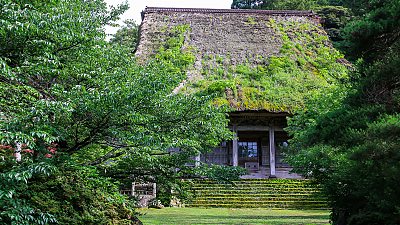Introducing Tyas Sosen

Hello Tyas! Please tell us a bit about what you do at The Tea Crane
The Tea Crane is my passion project. Five years ago I started The Tea Crane to spread Japanese tea culture throughout the world and provide a platform for anyone to learn about, and purchase authentic, pure Japanese tea from. Having worked at a traditional 160 year-old tea vendor in Kyoto, I learned that most Japanese tea sold today is heavily fertilized and blended. In addition, most high grade teas are sprayed with pesticides. In search of the original culture and tradition of tea manufacturing in Japan, I discovered that the use of chemicals is only a recent phenomenon (from the 1950s onward), and that during the 800 years of tea manufacturing in Japan prior to this (since the 1200s) exclusively natural methods were used.
I began my search for organic and natural tea farmers throughout Japan, and brought them, and their teas together under The Tea Crane. All teas offered at The Tea Crane are pure in the way that they are 1) organic, natural, or at least pesticide free, 2) mostly non-blend single origin teas, and 3) small batch teas only.
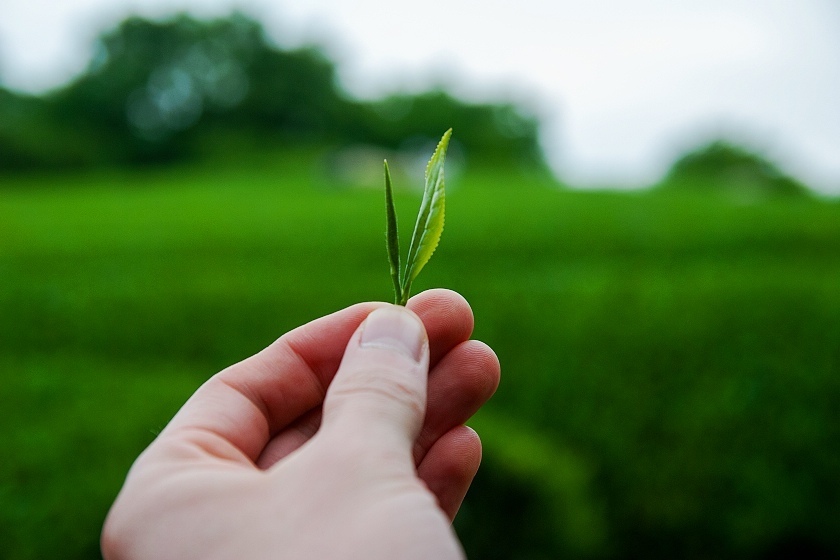
What brought you to Japan, and what first sparked your interest in Japanese tea?
During high school I got an interest in Japanese fencing, kendo. My teacher at that time lent me a novel about the famous swordsman Miyamoto Musashi, written by Yoshikawa Eiji. This novel intrigued me so much that I immediately felt the urge to visit and learn more about Japan. Where this interest came from is still a mystery, but something in the way Musashi lived his life, and Japanese culture as it was depicted in the book caught my interest.
Once in Japan I wanted to discover what Japanese culture in essence is and decided that the best way to do this was to train in different cultural arts. I practiced martial arts such as kendo, karate, and jodo, and learnt performing arts such as noh theatre and tea ceremony. I immediately felt that tea ceremony was different. While the other arts focus down on one specific aspect of culture, tea ceremony somehow incorporates all of them. The tea ritual is not only about tea, it also incorporates the various art forms as calligraphy, pottery, lacquer work, flower arrangement, incense, architecture, garden design, etc. I felt that tea ceremony is a microcosm of Japanese culture, and that it was the best way for me to learn what Japanese culture as a whole is about. This is why I embarked on my journey with tea ceremony.
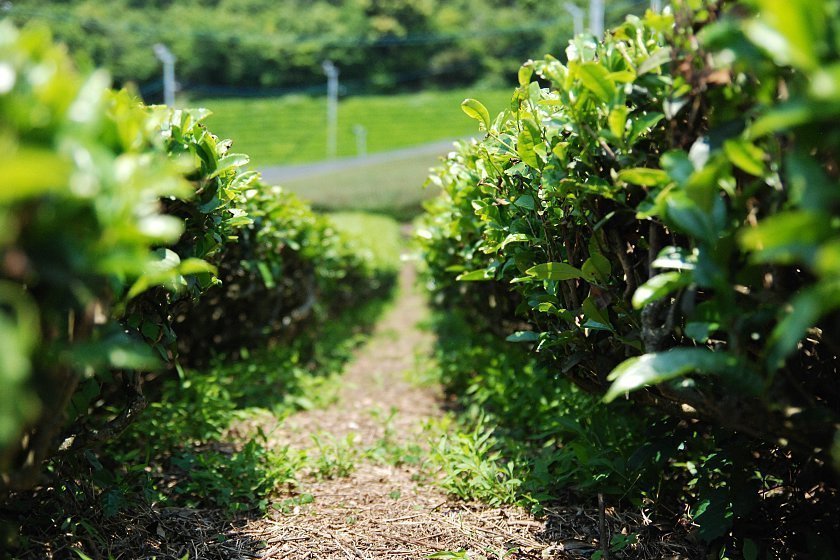
What is the style of tea ceremony that you practice, and what differentiates it from other styles?
The school I am part of is the Enshu School. It is a smaller school with fewer practitioners throughout Japan and in select locations throughout the world. It is one of the warrior-style schools that developed during the 17th century after Japan entered a time of peace.
The school of tea that is perhaps best known throughout the world is the Ura Senke School. It is slightly older than the Enshu School, and is said to derive directly from the "grandfather" of tea ceremony, Sen Rikyu. Because Rikyu was a merchant by profession, the Senke schools (of which there are 3) are often referred to as "merchant-style schools." The styles that developed later, such as the Enshu School, were most often founded by members of the warrior class. This is why these styles are often grouped under the term "warrior-style tea ceremony."
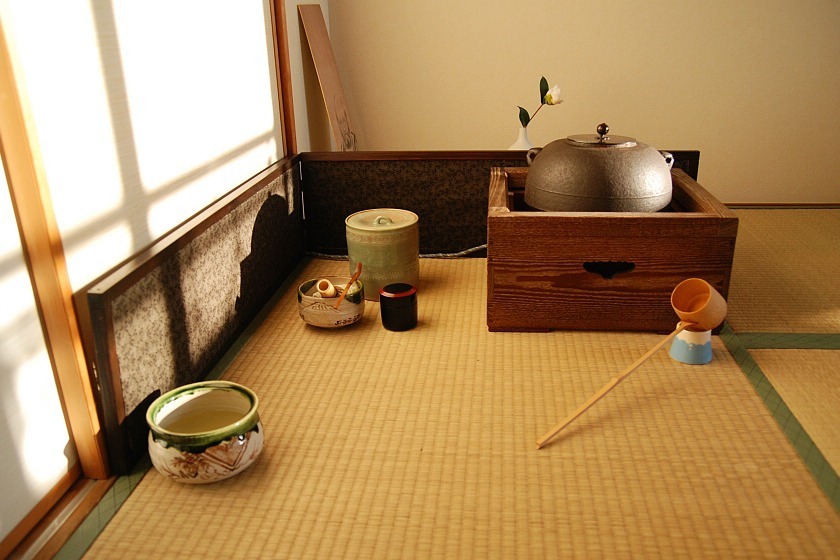
Can you tell us a bit about your journey in studying the tea ceremony through to becoming a teacher?
Receiving a certification as teacher in this traditional art was certainly nothing intentional. I never aimed to "become a master," or to "receive a license." I believe that mastery lies in the journey itself. And that is what tea ceremony was to me when I began practicing it in the beginning, and still is today.
The tea ceremony was a beautiful art in which I could let body and mind settle down for a brief moment. It was a weekly time of solace, a temporary escape from everyday matters. And I believe that the original masters intended it to be something like this. At least, that is what I believe the tea pavilion and the garden that surrounds it to signify. As a guest, you first walk through a garden and cross under two gates. These "transitions" symbolize the entry into an otherworldly realm; the realm of tea. And when you are in the tea pavilion, ancient tea masters have termed it a paradoxical "mountain dwelling in the midst of a bustling city." i.e. a temporary recluse from the business of everyday life.
In essence, tea ceremony is a way of life. It provides the practitioner with timeless, universal knowledge and principles. These are embodied in the motions and expressions a practitioner of the ritual studies. Learning the ritual grants us access to the wisdom of our forebears. In turn this understanding helps us to become a better person, appreciate the presence of other persons, and enhance the joy of our lives. I believe that this is the most important lesson that anyone can learn through tea ceremony.
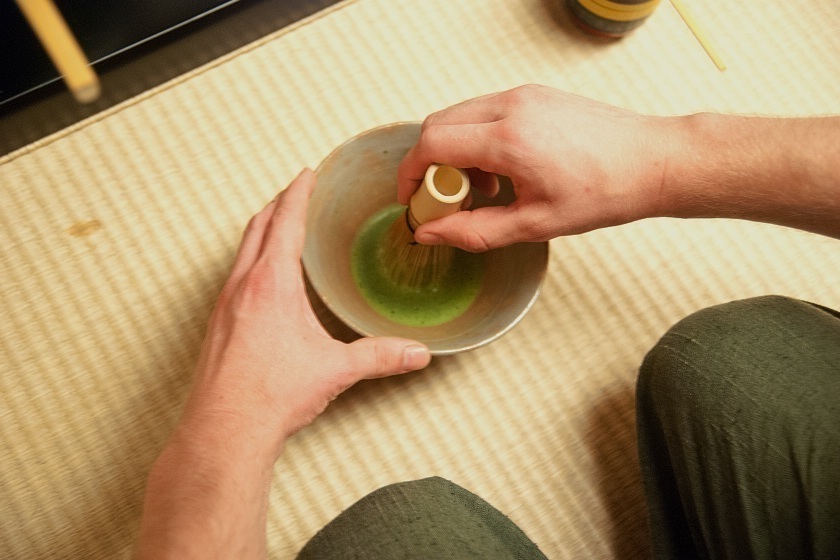
Were there any aspects of your previous training in martial arts that informed your study of tea?
As a cultural practice, both martial arts and tea have roots in the same tradition. Therefore, certain aspects of the practice, such as proper sitting, bowing, and greeting other people are similar. Also, the underlying principles and morals show significant similarities. Ultimately martial arts are learned so that they never have to be applied. They are mastered in order to create peace. Tea ceremony has the same goal, ultimately.
Personally, practicing martial arts helped me to learn the basics of tea ceremony quicker as I already knew how to bow, how to sit on my knees, and was already familiar with maintaining a proper upright posture. This "Japanese" comportment was already very familiar to me, which allowed me to begin learning the motions much sooner.
The other aspect is that the Enshu School of tea is a warrior-style school. Its methods and aesthetics are often better understood with at least a basic understanding of one or more of the other arts of the warrior elite.

Have there been any particular highlights in your work with local tea producers?
Becoming acquainted with natural and organic farming methods, and meeting various producers in this particular field changed my outlook on Japanese tea completely. Before I was introduced to organic tea, I worked for a traditional tea vendor in Uji, Kyoto, where we were selling conventional Japanese tea. At the time I had no idea to what extent these teas were actually being fertilized with chemical additives, and in turn sprayed with pesticides to repel the bugs. I also didn't pause to think why most teas were blended.
After meeting with organic manufacturers, and learning about the traditional and pure methods of tea farming, I decided to change course completely, quit my job at the tea vendor, and launch The Tea Crane. Here I focus on curating a selection of single-origin, non-blend, small-batch teas from dedicated organic, natural, or pesticide-free tea manufacturers throughout Japan. Doing so I want to rediscover the original taste of Japanese tea as it was drunk in the past, preserve the ages old culture of sustainable tea, and make these delicious products from the most passionate tea growers in Japan accessible throughout the world.
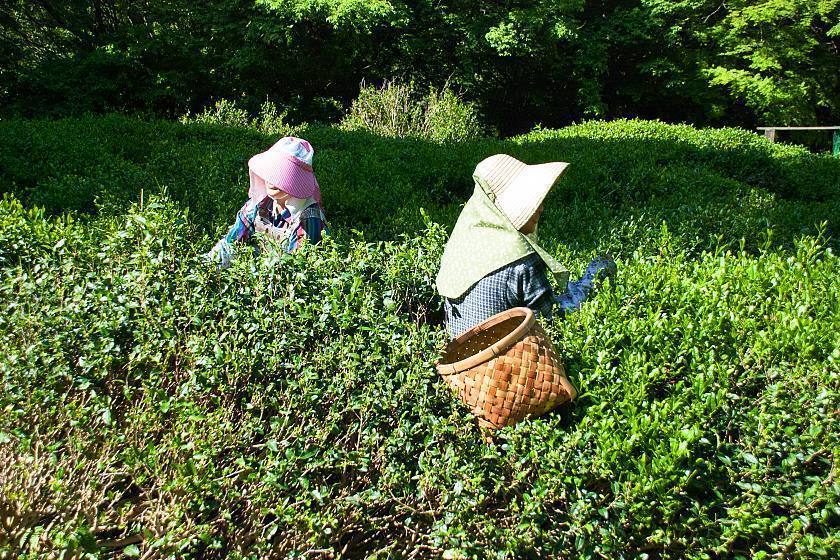
As a tea sommelier, can you tell us a bit about what goes through your mind when trying a new tea for the first time? Do you have any tips about how best to appreciate Japanese tea?
Every time I drink tea is a first time. Even when I taste the same tea, the timing is different, the weather may be different, and my mood is different. Again with single-origin teas, the terroir of each individual tea farm is different. This means that even the same cultivar at the farm of the same producer, when grown on a different field will likely taste different because the conditions of those tea gardens differ. In addition, the tea will taste different each year due to the specific conditions of that year's harvest.
In short, having started to work with single-origin, non-blend teas I have come to appreciate the variety of an unlimited range of teas that should be appreciated for their diversity, rather than for their similarity. The mainstream tea industry aims to unify the taste of their tea-blends to taste the same each year. A natural tea is, just like wine, different with each batch.
Tasting such a tea is not simply a matter of describing the taste and aromas in words, but it is more a matter of feeling what it does within the body, understanding the intentions of the grower, and lending an ear to the individual traits it expresses. I strongly believe that every tea, when it is grown and manufactured with the right intentions, is inherently delicious. Discovering the traits and characteristics of each individual tea is the work of the sommelier. And the matter of liking/disliking is subjective and different for each individual.
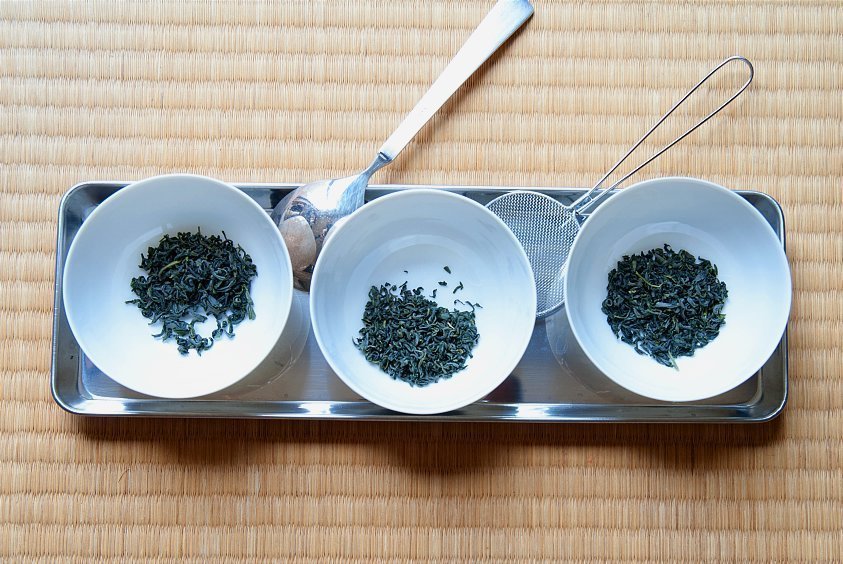
Please tell us about your new project in Kyoto, and do you have any other plans for the future?
Due to the worldwide pandemic my activities with The Tea Crane were temporarily halted. Limitations on international airmail restricted online sales, and travel bans eliminated local tourist activities such as tea ceremony demonstrations and tea tastings. In search of ways to overcome the current situation, I also got the time to work on future aspirations.
I decided to open a physical store in Kyoto where I could bring all my activities together, and simultaneously expand my activities to a local Japanese audience. A beautiful building right beside the Imperial Palace in the ancient city center of Kyoto became available. On the first floor it has room for a store/tasting counter, and on the second floor it has a fully equipped tea chamber.
It is the perfect location for my activities, and to make this dream come true I am running a crowd-funding project to collect the necessary funds to set up the space.
During the COVID-19 pandemic it may seem defiant to open a new physical business. Nevertheless, to me this choice is part of the statement that I believe we will overcome the pandemic in a positive way. Tea will bring people together on a deeper level in the way it always has. The physical hub in Kyoto will help me connect to people throughout the world. And while it is not possible to gather together here physically now, I want to give people the opportunity to already anticipate their visit through purchasing pre-sale tickets through the Kickstarter campaign, which in turn will help me to get the business ready to receive visitors.


